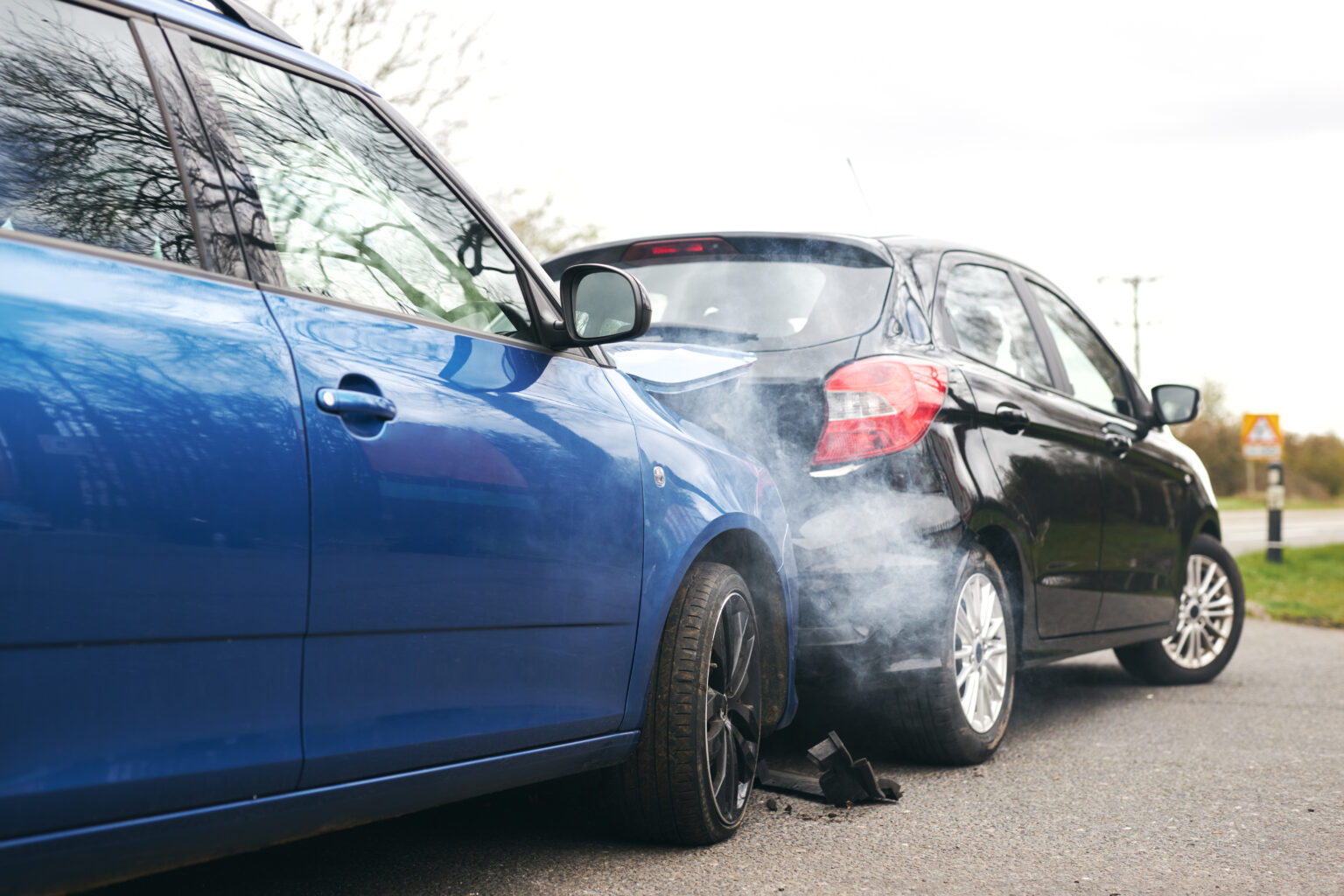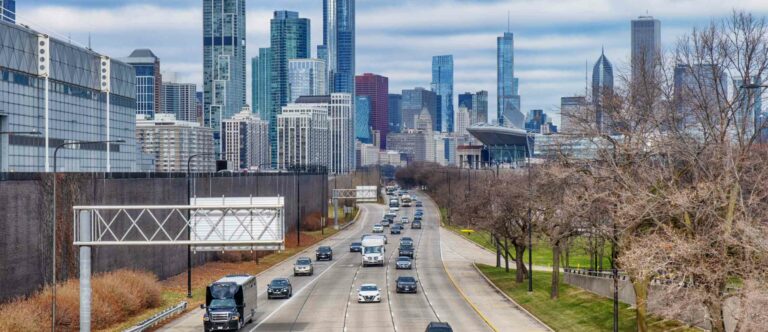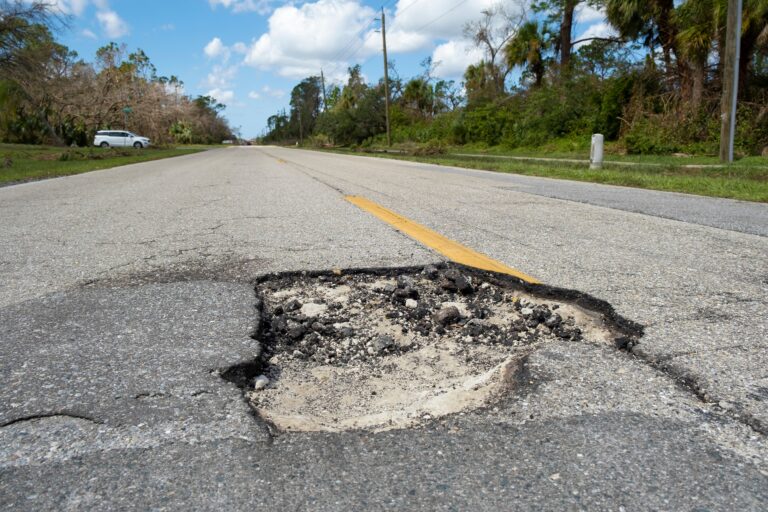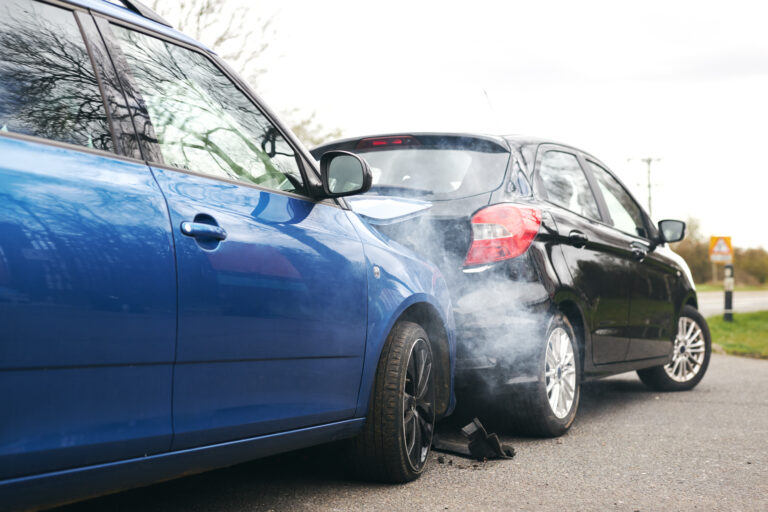The jolt from behind is startling and unmistakable. One moment you are stopped in traffic, and the next, you are thrown forward by the force of another vehicle hitting yours.
Once you are home and the initial shock wears off, a thousand questions start to surface. The most pressing one is often about responsibility. The common belief is that the driver who does the rear-ending is always the one to blame.
While that holds true in many situations, the answer to who is at fault in a rear-end accident is not always so simple. The circumstances leading up to the crash sometimes point to the lead driver, or even a third party, as being partially or fully responsible. Speaking with a Chicago car accident lawyer can help you understand how liability is determined and what options you have for recovering damages.
Familiarizing yourself with how fault is determined helps you figure out what comes next. It involves looking at specific driver duties and the facts of what happened.
- There is a general legal rule, but it has exceptions.
- The actions of the front driver matter.
- Proving what happened relies on gathering solid evidence.
The General Rule: A Rebuttable Presumption of Fault
In most rear-end collisions, there is a legal concept called a “rebuttable presumption” of fault that falls on the following driver. Let’s break that down. A “presumption” means that the legal system starts with the assumption that the rear driver was negligent.
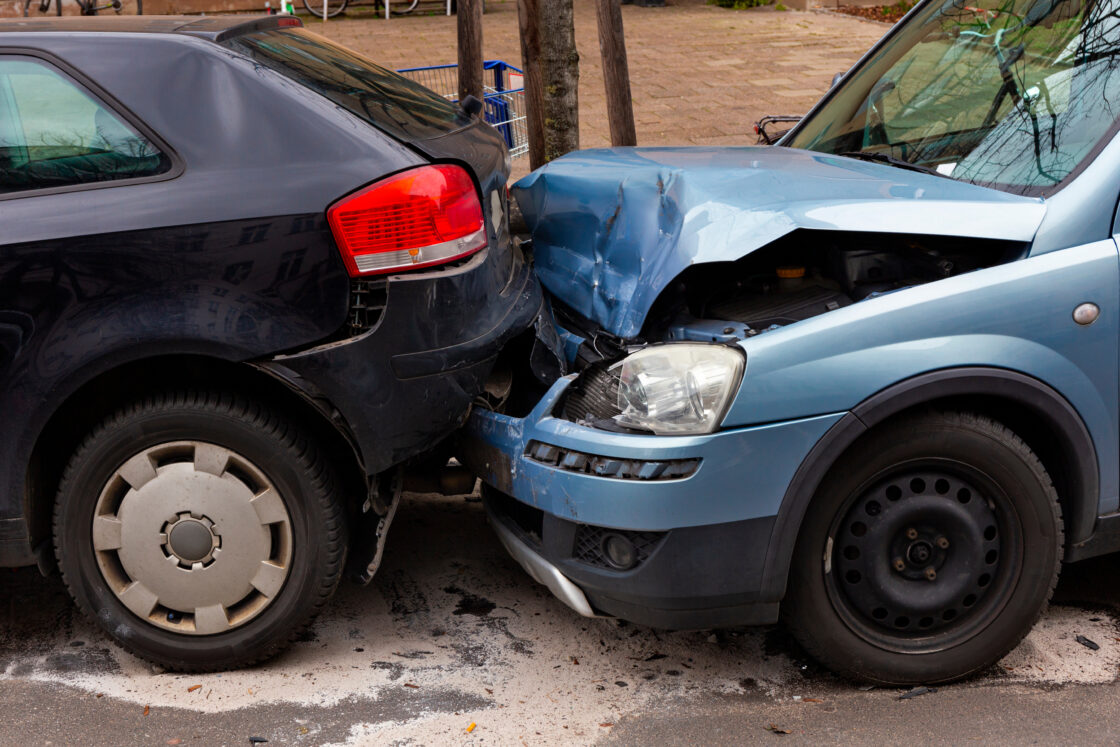
Negligence is simply a term for failing to act with the level of care that a reasonably careful person would use in the same situation. The word “rebuttable” means this assumption can be challenged and overturned with enough convincing evidence to the contrary.
This rule exists for a practical reason: every driver has a duty to control their own vehicle. This includes leaving enough space between their car and the one in front of them to be able to stop safely if needed.
Anyone who has driven in stop-and-go traffic on the Dan Ryan Expressway understands this responsibility firsthand. A following driver is expected to do several things to prevent a collision:
- Maintain a Safe Following Distance: This is the most critical duty. A driver must keep enough of a buffer zone to react to sudden stops or changes in traffic flow. A common guideline is the “three-second rule.”
- Pay Attention to the Road: Drivers must avoid distractions, like using their phones or adjusting the radio, and keep their focus on the vehicle ahead and their surroundings.
- Drive at a Safe Speed: This means adjusting speed for traffic conditions, weather, and visibility, not just adhering to the posted speed limit.
When the Lead Driver Might Be at Fault in a Rear-end Accident
The presumption against the rear driver is strong but not absolute. There are specific scenarios where the actions of the lead driver can contribute to, or be the primary cause of, a rear-end crash.
In these cases, evidence showing the lead driver’s negligence can shift the determination of fault. It is about looking at the complete picture of what happened in the moments before the impact.
The Lead Car Suddenly Reverses
A driver has no reason to expect the car in front of them to move backward. If a lead driver puts their car in reverse and backs into the vehicle behind them, the fault for the collision would likely lie with the reversing driver.
- This could happen in a parking lot when someone mistakenly thinks they have room to back up.
- It might occur if a driver overshoots a turn and tries to quickly reverse back to the intersection.
- Someone could accidentally shift into reverse instead of drive when a light turns green.
The Lead Car Has Non-Functioning Brake Lights
Brake lights are a critical safety feature. They are the primary way a driver communicates their intention to slow down or stop to the traffic behind them. If a driver’s brake lights are broken or not working, the following driver may have no warning that the car ahead is stopping.
- Duty of Maintenance: All vehicle owners have a responsibility to make sure their car is in safe working order, which includes functioning taillights and brake lights.
- Lack of Warning: Without the visual cue of brake lights, the rear driver’s reaction time is significantly reduced, making a collision much more likely, especially at night or in bad weather.
- Proving the Defect: Proving this often involves checking the vehicle after the crash or finding a police report that notes the non-functional lights.
The Lead Driver Stops Unexpectedly or “Brake Checks”
Intentionally slamming on the brakes for no reason, an aggressive driving tactic known as “brake checking,” can place fault on the lead driver. This is not the same as stopping suddenly for a legitimate hazard, like a pedestrian stepping into a crosswalk in a neighborhood like Lincoln Square.
Brake checking is a hostile act intended to intimidate or cause a collision.
- This action creates a sudden and unavoidable hazard for the driver behind.
- It might be considered a form of road rage and reckless driving.
- Evidence from a dashcam or an independent witness is very helpful in proving that a driver engaged in brake checking.
How Illinois Law Handles Shared Fault
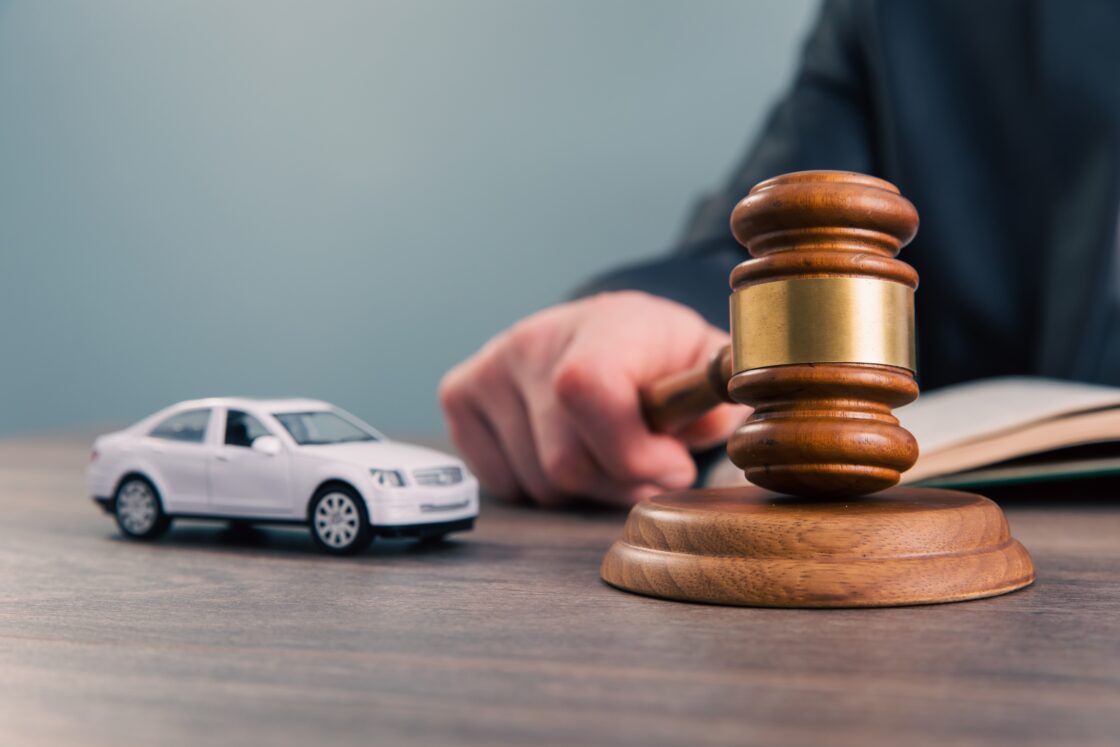
In some cases, the fault for an accident is not 100% on one driver. It’s possible that both drivers made mistakes that contributed to the crash. Illinois law addresses these situations with a legal rule called “modified comparative negligence.”
This sounds complex, but the idea is fairly straightforward: responsibility can be shared. A judge or jury will look at the evidence and assign a percentage of fault to each party involved.
This percentage directly affects the amount of compensation a person may recover for their damages, which is the legal term for their losses like medical bills and vehicle repairs.
- Reduced Compensation: If you are found to be partially at fault, your final compensation award is reduced by your percentage of fault. For example, if you are awarded $100,000 but found to be 20% at fault, your award would be reduced by 20% to $80,000.
- The 51% Bar: In Illinois, you can only recover damages if your percentage of fault is 50% or less. If you are found to be 51% or more at fault for the accident, you are barred from recovering any compensation from the other driver.
- A Practical Example: Imagine a lead driver had a broken brake light (20% at fault), but the rear driver was also following too closely (80% at fault). The lead driver could recover 80% of their damages. Conversely, if the lead driver brake-checked someone (70% at fault) who was also distracted (30% at fault), the rear driver could recover 70% of their damages.
How to Prove Who is at Fault in a Rear-end Accident
Determining who is at fault is not just a matter of one driver’s word against another’s. It comes down to what can be proven with evidence. After you are home and safe, gathering and preserving any information you have is a constructive step you can take.
A strong case is built on a foundation of facts that paint a clear picture of how the collision happened.
Critical Evidence in a Rear-End Collision Case
Different types of evidence work together to tell the full story. Each piece can help confirm details, clarify the sequence of events, and ultimately support an argument about which driver was negligent.
- The Police Report: While not always admissible in court, the police report contains the officer’s initial observations, a diagram of the scene, driver and witness information, and sometimes a preliminary assessment of fault.
- Photos and Videos: Pictures you took at the scene of the vehicle positions, damage to both cars, skid marks, and the surrounding area can be incredibly valuable. Dashcam footage or surveillance video from a nearby business, like a camera outside a shop on Michigan Avenue, can be even more powerful.
- Witness Statements: An account from a neutral third party who saw what happened can be very persuasive. Their testimony can confirm things like a lead driver reversing or a car cutting someone off before braking.
- Vehicle Damage: The location and severity of the damage to both cars can help an accident reconstructionist figure out the angle, speed, and force of the impact, which can help show who hit whom and how.
Clarifying the Path Forward

Figuring out fault in a rear-end accident involves more than just looking at which car is in front. It requires a careful review of every driver’s actions and a thorough collection of evidence. While the driver in the back is often found responsible, this is not a guaranteed outcome.
The law recognizes that a collision can be caused by the unexpected and unsafe actions of the driver in the lead. Navigating this process while also trying to recover from injuries can be difficult.
If you are dealing with the aftermath of a rear-end crash in Chicago and have questions about your situation, you do not have to find the answers by yourself. Speaking with a Chicago personal injury lawyer can help you better understand your rights and options. The team at Walner Law is here to listen and discuss your options.
We help people who have been hurt get their lives back in order. For a conversation about what happened, please reach out to us at (312) 410-8496.
Common Questions After a Rear-End Crash
Should I admit fault at the accident scene?
It is best to avoid discussing fault at the scene of the crash. You can and should exchange information and be polite, but stick to the basic facts of what happened when talking to the other driver or the police. You may not have all the information, and an apology can sometimes be misinterpreted as an admission of guilt by an insurance company.
My car damage seems minor, but my neck and back hurt. What should I do?
You should get a medical evaluation, even if the vehicle damage seems minimal. Injuries from rear-end crashes, like whiplash, can have delayed symptoms. The pain might not show up for hours or even days. Documenting your injuries with a medical professional is a vital step for your health and for any potential claim.
What is a safe following distance?
A widely accepted guideline is the “three-second rule.” When the vehicle in front of you passes a fixed object (like a sign or an overpass), you should be able to count to three before your vehicle passes the same object. You should add more time in bad weather or heavy traffic.
What happens if the driver who hit me was driving a company vehicle?
If the at-fault driver was working at the time of the crash, their employer could also be held responsible. This can make the case more complex, as it may involve a claim against a commercial insurance policy.


 Skip to content
Skip to content

